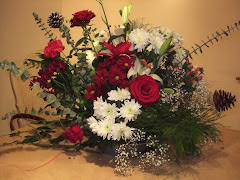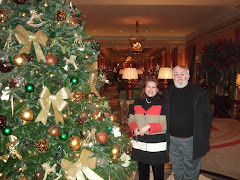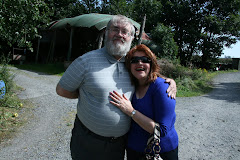Robert, remember that there was no photography during the renaissance period. The whole business of painting a likeness is essencially exactly what it is today, you take photos to commemorate an occasion, a wedding, an engagement, meeting the Prince of Wales, a graduation and these are not reflections of the cult of the individual. You keep photos of your mum because every so often you want to remember her, without these pictures it would be difficult to remember how a loved one look like, to explain it in words to her Grand-great-great children would not be the same as it is seeing the vivid picture looking back at you. It really would not be the same.
Nowadays we can take pictures of everything and anything and it does not necessarily mean it is to commemorate something, but to illustrate an article for work or for fun. During the Renaissance period you were lucky if you could afford even one portrait ! so the sitter and the painter, made sure that the way the sitter would be portrayed said everything of the person that needed to be said like a biography, essencially it would include something that defined the character of that person, the same way we now include a verse or a frase underneath an email post on website.
It is true that the artists of that time acquired a new status approaching " stardom " but so did the tailors of the time, the same way that nowadays we see Jamie Oliver the chef on television who we see at all the celebrity parties and the gossip columns, he now has a special Jamie Oliver cooking range of utensils and he earns millions of pounds not only appearing on T.V. but selling his books and also cooking for private celebrity parties. So if he ever commissioned a painting, then he could appear with something that denotes why he has become so famous, maybe he could be portrayed looking at one of his cooking books or in a kitchen preparing something difficult like a baked Alaska cake, so in another 500 years from now, anyone who comes across his painting would say: Mmmm... his trade was cooking and if the book nearby has his name... then it will be easy to see what his name was.
The painters of that age acquired their celebrity status not just for painting a portrait of someone famous or for the aristocracy but his work was the means from which the courts of Europe could chose a foreign bride for a future king, so these painters were not just mere painters but were ambassadors as well and for more money, they could even embellish the face of a lady to marry a king for example.
Gold was used mostly on religious paintings and it is not considered a colour even though it does have a golden colour. Gold was used to decorate altars or frames. There are very few pictures with gold around them, like the halo of a saint for instance, but applying gold leaf is another tecnique usually for more decorative purposes. The only modern painter I can think of, who has used real gold leaf on his paintings is Gustave Klimt, and again sparingly.
Subscribe to:
Post Comments (Atom)
































































.jpg)
.jpg)










































1 comment:
Hola Maria
Yes, but before the Renaissance there wasn't such an emphasis on painting an exact likeness, was there - faces were more stylised.
Your mention of diplomatic missions reminds me of the story of Anne of Cleves, whose portrait was apparently extremely flattering. When Henry VIII got to see her in the flesh, he must have said to himself sadly "she's no oil painting."
Robert
Post a Comment